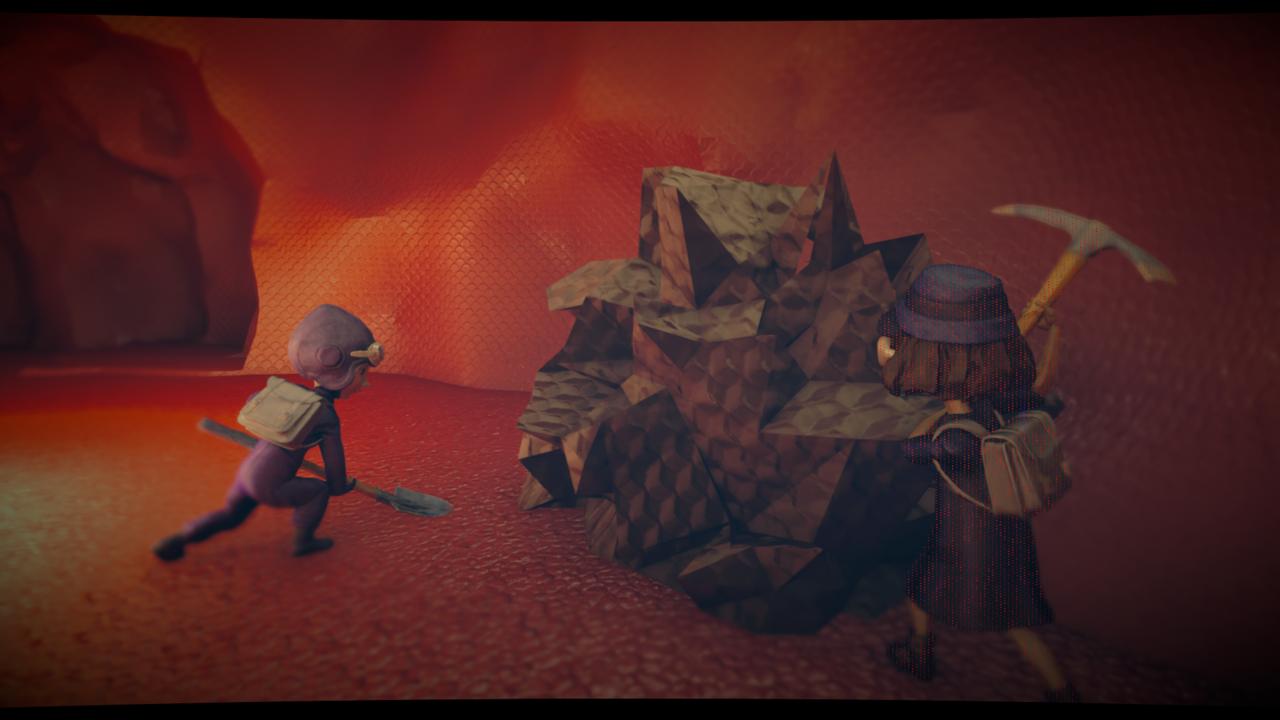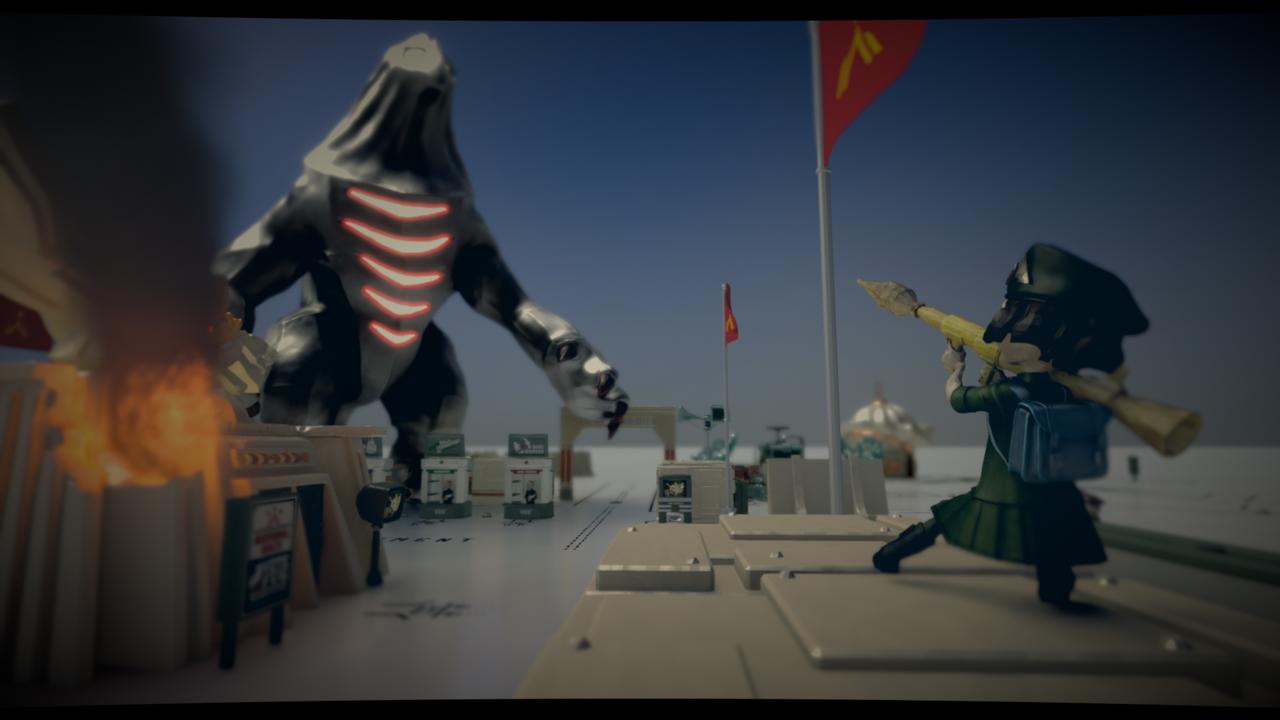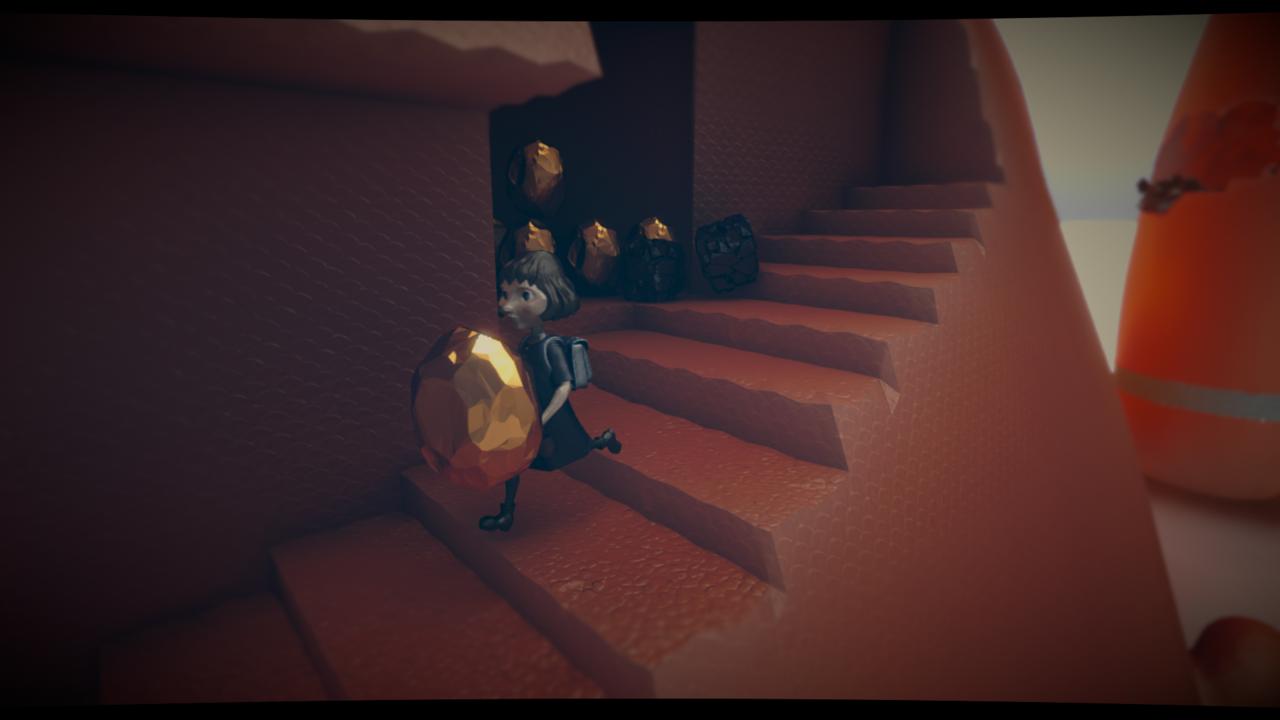PixelJunk Developer Reveals Details of Genre-Bending PS4 Exclusive The Tomorrow Children
Q-Games quirk.
Confused by the reveal of Q-Games' The Tomorrow Children during Sony's Gamescom press conference? You're not the only one. Despite being impressed by the unique-looking visuals of the game's trailer, I had questions. Many questions. Most pressing of all, just what exactly are you supposed to do in that quirky, cold war-inspired world? I got answers, but in typical Q-Games style, I was left with more questions. The Tomorrow Children is quite unlike anything else out there, combining elements of of shooting, world-building, resource gathering and management, tower defence, strategy, and multiplayer co-op into a unique experience of its own.
Marvel Rivals - Official Loki Character Reveal Trailer | The King of Yggsgard Remnant 2 - The Forgotten Kingdom | DLC Launch Trailer Stellar Blade - Official "The Journey: Part 2" Behind The Scenes Trailer | PS5 Games Fortnite Festival - Official Billie Eilish Cinematic Season 3 Trailer Dead by Daylight | Tome 19: Splendor | Reveal Trailer Starship Troopers: Extermination - Official "The New Vanguard" Update 0.7.0 Trailer 2XKO - Official Illaoi Champion Gameplay Reveal Trailer Destiny 2: The Final Shape | Journey into The Traveler Trailer Solo Leveling: Arise - Character Gameplay Teaser #15: Seo Jiwoo Genshin Impact - Character Demo - "Arlecchino: Lullaby" Goddess Of Victory: Nikke | Last Kingdom Full Animated Cinematic Trailer Metaphor: ReFantazio The King’s Trial Trailer
Please enter your date of birth to view this video
By clicking 'enter', you agree to GameSpot's
Terms of Use and Privacy Policy
Tying it all together is a story set in an alternate post-60s timeline, beginning at the height of the cold war. A Russian experiment that attempted to meld all the minds of the human race into one global consciousness goes disastrously wrong, wiping out most of earth's inhabitants. 90 years later, the surviving inhabitants create "projection clones" to help rebuild the world's cities and restore humanity to its former glory. The twist is that the society those clones (and so you) are helping to rebuild is based on a twisted form of Marxist ideals.
That means all the work you do is ultimately in aid of the state. You work for the state, get paid by the state, and try to rebuild it. The work you do revolves around the void, a vast expanse of nothingness outside of your hometown where many of the world's former citizens are trapped inside Russian Dolls. The ultimate aim is to build up the population of the town you're a part of, balancing the number of citizens with the amount of resources you're able to collect to feed them and power their homes.

Resources, like the humans you rescue, largely come from the Void. Inside the vast white nothingness of the Void, islands appear. These are procedurally-generated objects--an example we were shown looked like a giant upturned head--which you and other inhabitants of your town can mine for resources. Basic tools like pickaxes and shovels let you dig out stairs and holes to clamber inside the objects, and get at the sweet resources and trapped people within. This is where the multiplayer aspect of the game comes in, but like the rest of The Tomorrow People, the multiplayer is hardly traditional.
Up to 100 people can join each town, but you don't see them walking around in the usual sense. Instead, red silhouettes appear when those players are completing certain key actions like digging for resources. You can interact with them via limited actions such as saluting or whistling; quite why you'd need to isn't yet clear, though. There's a big focus on light in The Tomorrow Children, both from a technical and gameplay perspective. Notably, if you wander into, or dig into areas that are too dark, your character disappears from existence and is reset back at your hometown.

Helping to make those dark areas obvious to you is a spot of rather impressive lighting technology based on voxel cone ray tracing. A similar technology was initially supposed to feature in Epic's Unreal Engine 4 before it was removed. Essentially, the technology attempts to make light behave more naturally by using complex simulations to calculate its position in real-time within a scene, instead of pre-calculating it. In the case of Q-Games' implementation, light is able to bounce off of objects up to three times in order to illuminate a scene. It results in a cinematic, natural look, with light pouring into a scene when you dig through an outside wall of an object, and shadows naturally falling as you move around. This is a mighty fine achievement, particularly as Epic dropped the technology from Unreal Engine 4.
Aside from gathering resources, you also have to contend with monster attacks on your town. Stopping these hulking, metallic creations is something of a team effort, with all the red silhouettes of your fellow inhabitants springing into life as a monster approaches. There are weapons like rocket launchers that can be used help defend your town, as well as the option to build defences like turrets. There are other neat items that prove helpful during an attack too, including the always-entertaining jetpack. Monsters, once downed, can then be mined for resources, just like islands. There's a time limit to get at all the resources before the monster disappears, though.
To speed things up you need either more people, or better tools. Better tools are acquired with rations dished out to you from the state. How many you get depends on how many tasks you complete before you visit your town's labour office, and how important they are to the state. Aside from new equipment, rations can also be used to buy bus tickets so you can visit other towns and help them out with their own tasks. You can even permanently relocate to another town, if you have enough rations. Q-Games mentioned that it's also possible to go to other towns and totally troll them by destroying buildings, or by constantly whistling at them.

To combat this, there's a policing system built into the game that lets players give a thumbs up or thumbs down rating to a player. Get too many thumbs down and your player turns a darker shade, letting others know that you're bad news, and forcing you out of towns. Players can even build police stations to hold repeat offenders, although, they are able to get out of jail if they have enough rations to buy their way out.
And if all of that sounds a little complicated, well, it is. Even after being given a rundown of the game, I'm still left wondering just how multiple towns will be able to interact with each other, and how the procedural generation engine works. But that's to be expected of Q-Games. It's a studio with a history of quirky, and sometimes brilliant games. The Tomorrow Children may just continue that trend. If nothing else, it's a game that'll be like, well...nothing else.
Got a news tip or want to contact us directly? Email news@gamespot.com
Join the conversation